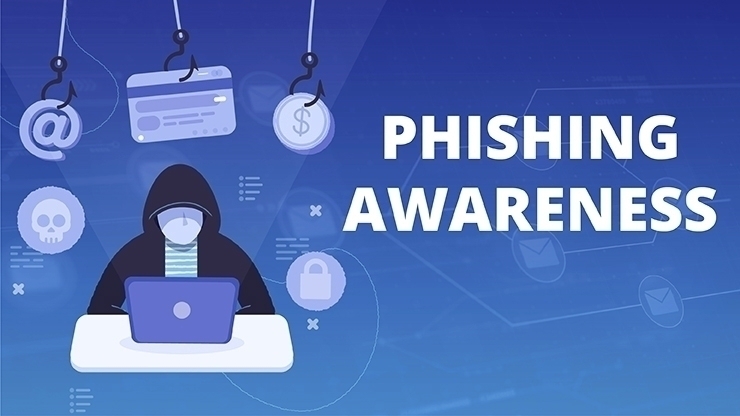Dear Members,
At Tahquamenon Area Credit Union, your security is our top priority. We want to ensure you are well-informed about the dangers of phishing attacks. To help protect your personal and financial information, we are providing the following important information on how to recognize and avoid phishing scams.
Please take a moment to review these phishing awareness details, and stay vigilant against these threats.

What is Phishing?
Phishing is a type of cyber attack where attackers disguise themselves as trustworthy entities to steal sensitive information such as usernames, passwords, and credit card details. These attacks often come in the form of emails that appear to be from legitimate sources.
How to Recognize Phishing Emails
- Suspicious Sender Address: Check the sender’s email address. Phishing emails often come from addresses that look similar to, but are not exactly the same as, legitimate addresses.
- Generic Greetings: Be cautious of emails that start with generic greetings like “Dear Customer” instead of your name.
- Urgent or Threatening Language: Phishing emails often create a sense of urgency or fear, urging you to act quickly to avoid negative consequences.
- Unusual Requests: Be wary of emails asking for personal information, login credentials, or financial details.
- Links and Attachments: Avoid clicking on links or downloading attachments from unknown or suspicious emails. Hover over links to see the actual URL before clicking.
- Spelling and Grammar Errors: Many phishing emails contain spelling and grammar mistakes.
What to Do if You Receive a Phishing Email
- Do Not Click Links or Download Attachments: Avoid interacting with any links or attachments in the email.
- Verify the Sender: Contact the organization directly using a known and trusted method to verify the email’s authenticity.
- Report the Email: Report the phishing email to your email provider or IT department.
- Delete the Email: Once reported, delete the email from your inbox.
Protecting Yourself from Phishing
- Use Strong, Unique Passwords: Ensure your passwords are strong and unique for each account.
- Enable Two-Factor Authentication: Add an extra layer of security to your accounts by enabling two-factor authentication.
- Keep Software Updated: Regularly update your software and antivirus programs to protect against the latest threats.
- Educate Yourself and Others: Stay informed about the latest phishing tactics and share this knowledge with friends, family, and colleagues.
Conclusion
Phishing attacks are becoming increasingly sophisticated, but by staying vigilant and following these tips, you can protect yourself and your sensitive information from falling into the wrong hands.


 Login
Login